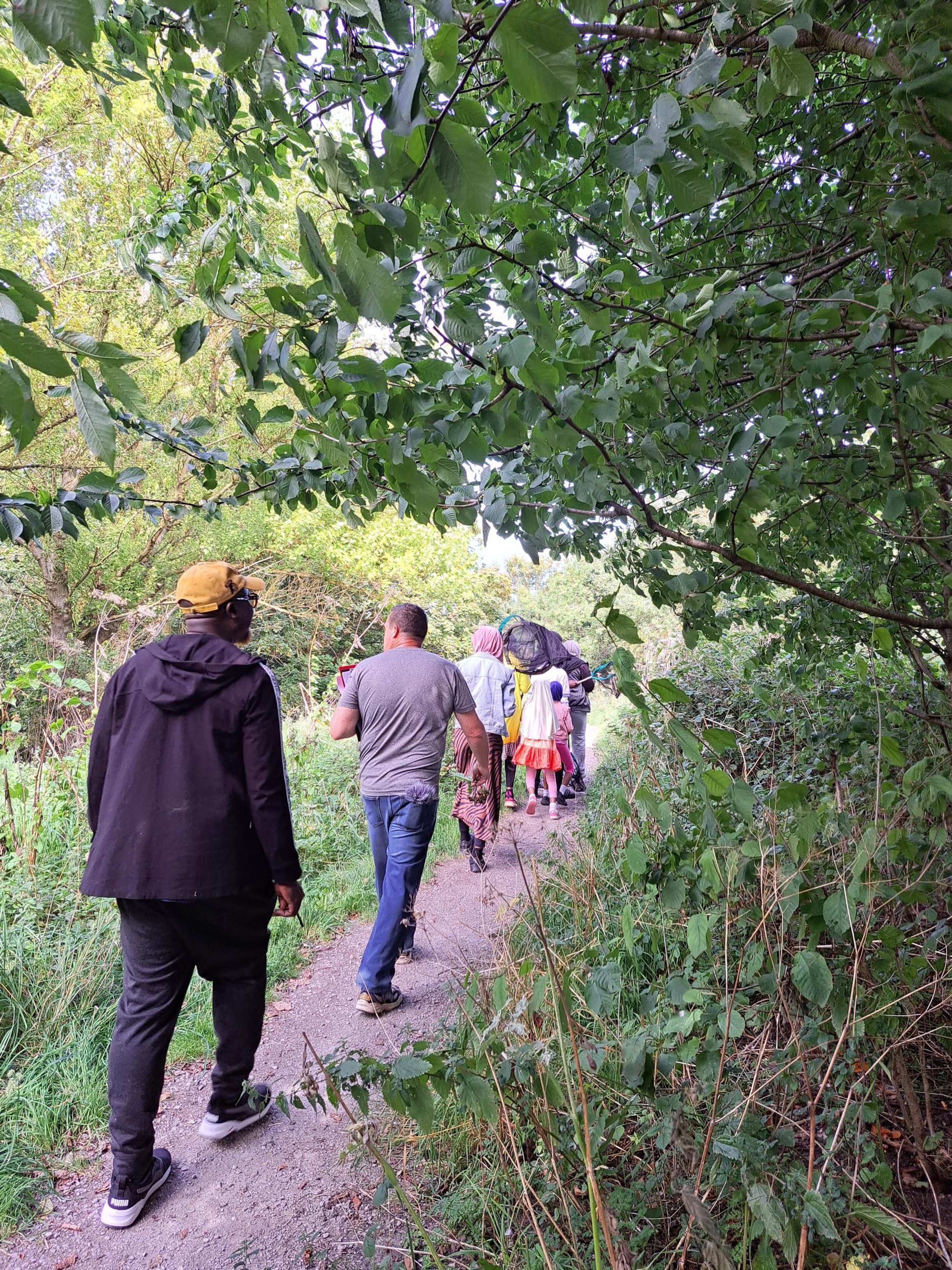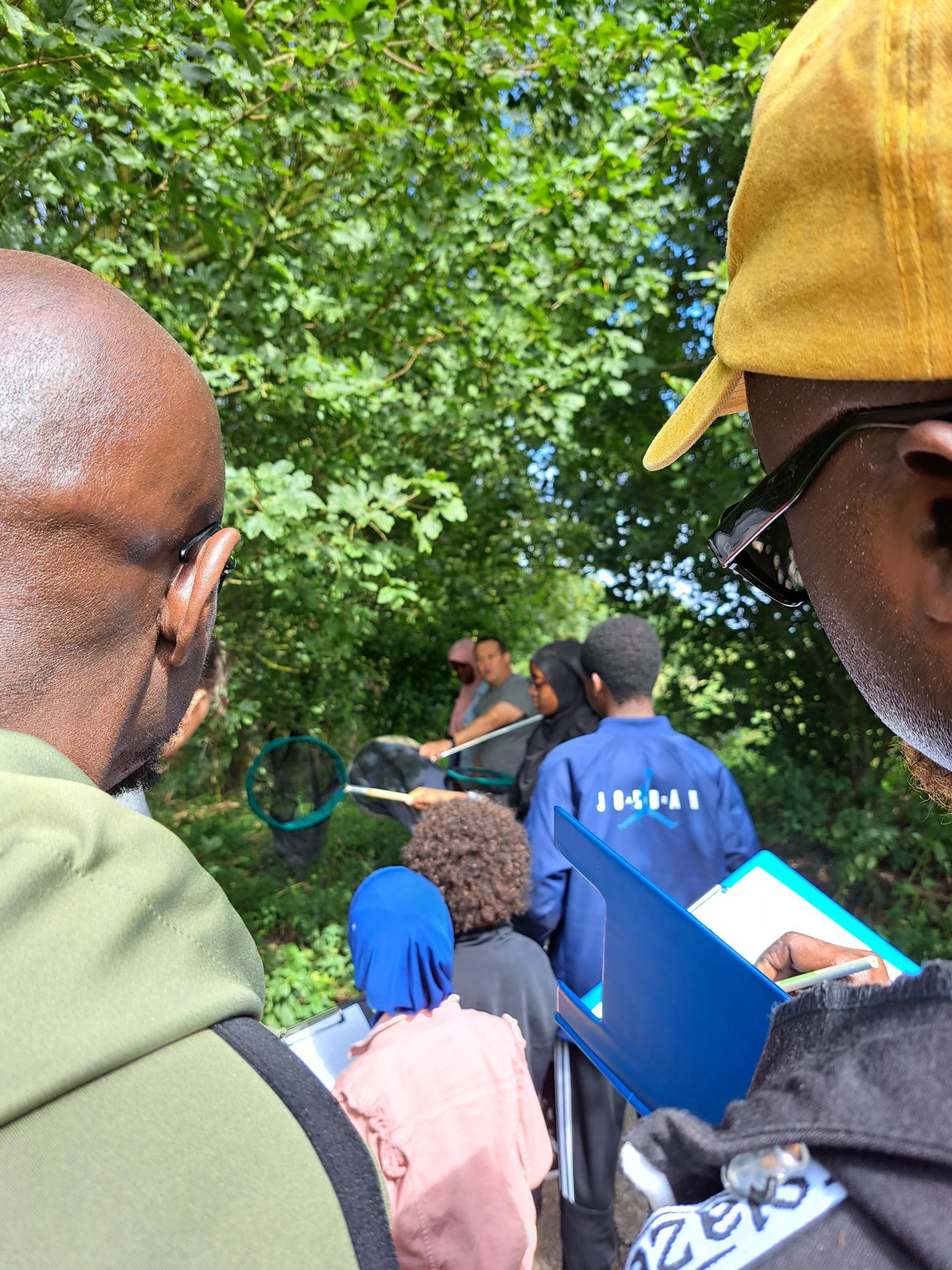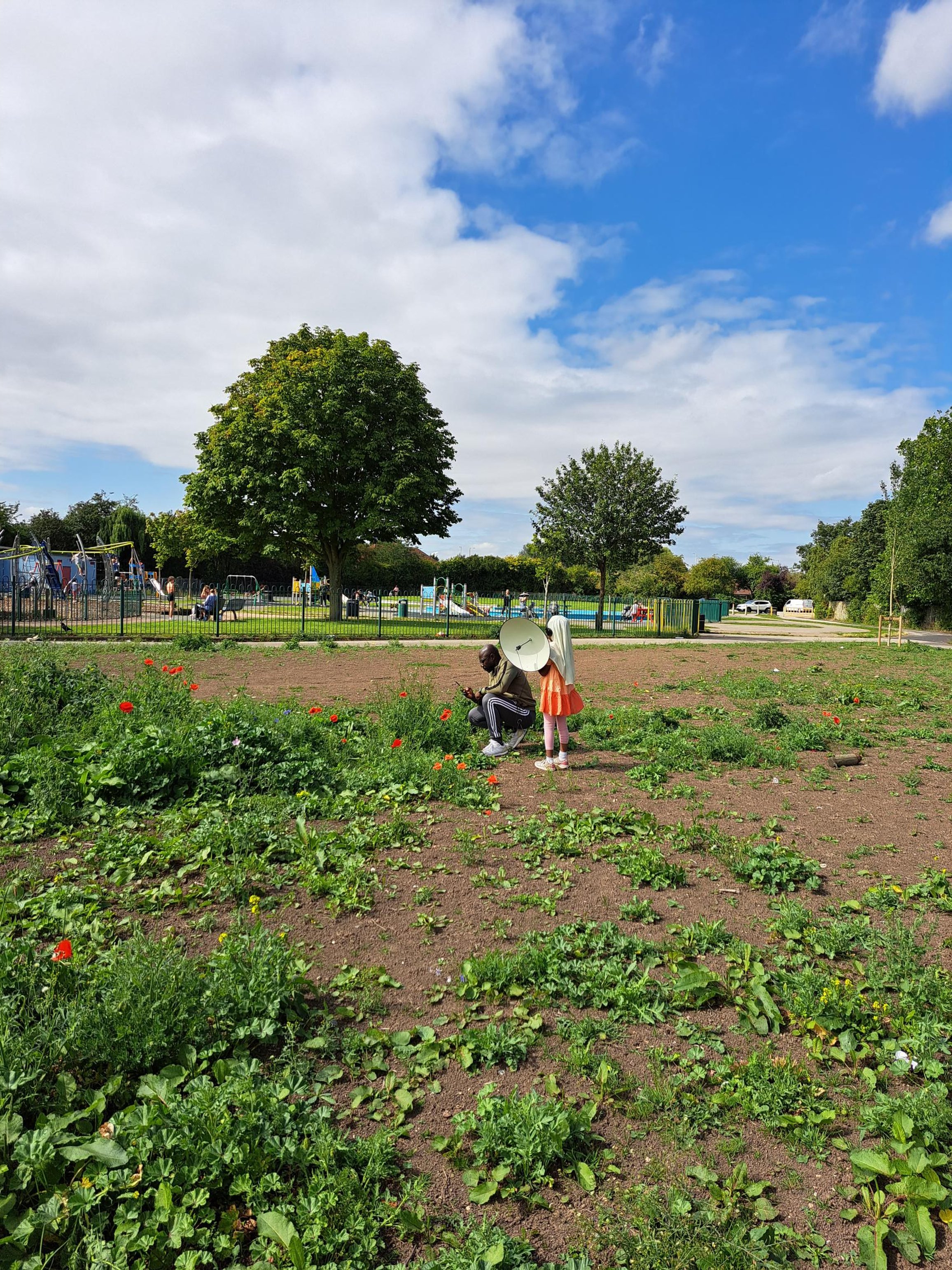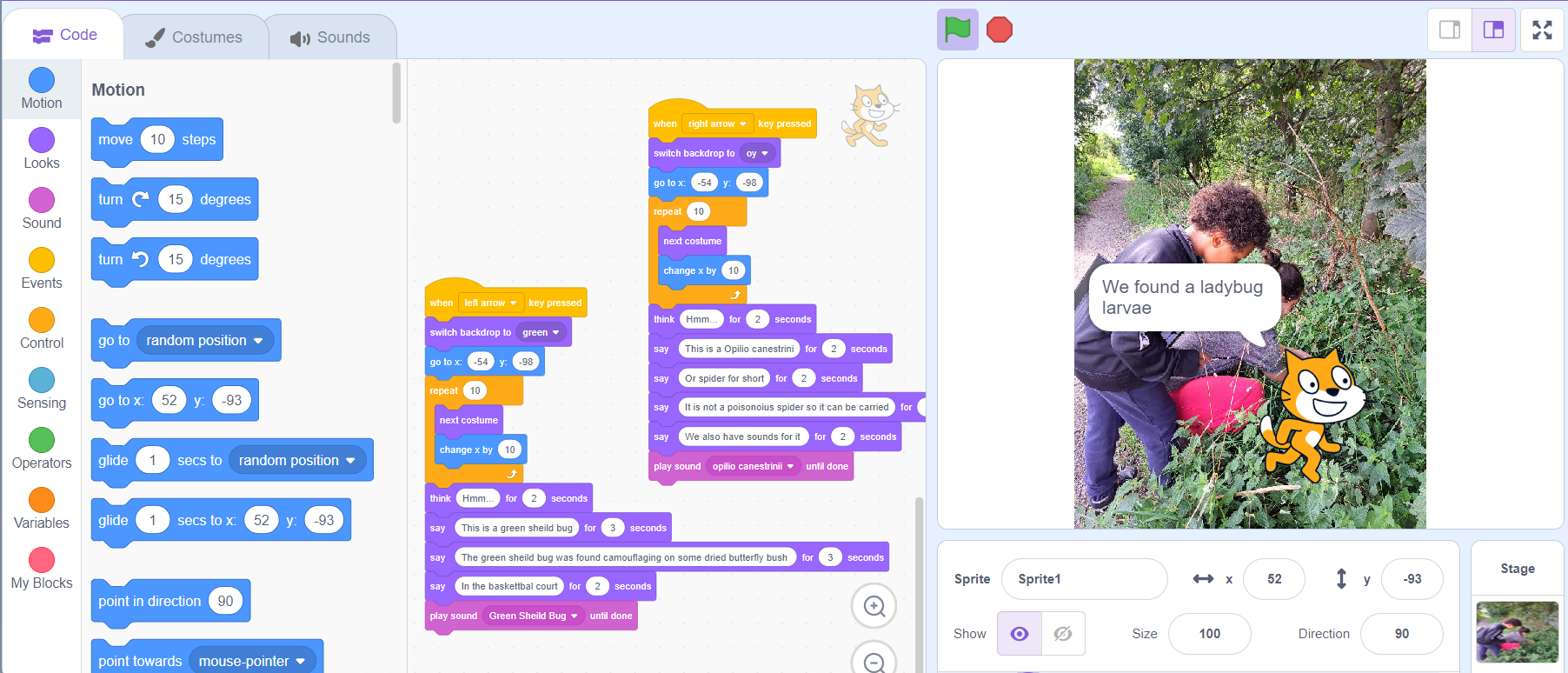Bilton Grange Coding School
Last week NEYEDC took a trip to Alderman Kneeshaw park in Hull to visit Bilton Grange Muslim Community Association. We delivered a session to children as part of a broader Ecology Coding Summer School organised by Bilton Grange.
Green Shield Bug, found by Max age 5
As the children had already spent some time observing different species in the park, we built on their knowledge by developing the idea of a biological record, and it’s many uses. The narrow niche that NEYEDC operates within, was in fact perfectly suited to combining ecology with coding, so we were very pleased to help out.
We were also happy to work with a community group that is often under-represented in the environmental sector, hoping that by learning about different organisations and roles the children may have a broader sense of what is possible in their careers later in life. We also had lots of fun introducing them to some of our equipment and giving them the chance to work with different technologies. We explored the use of Scratch, Makey-Makey and Raspberry Pi to process and present the data we had collected.
What is a biological record
After introducing ourselves we discussed with the children what a biological record actually was, in the format of the four “Ws”…
Who is making the record
What is the record of
When was the record made
Where was the record made
In its simplest form a biological record must include these four details. Whilst we receive records in all sorts of formats and to varying degrees of detail, if one of these key pieces of information is missing we are unable to process the record at all!
It was great to hear the children asking lots of questions, such as, “How do you know if a record is correct?” This led us to talk about verification procedures, we discussed consideration for who the recorder is (for example a member of the general public vs a known taxon expert), how some species are much easier to identify than others and the role of verifiers such as county recorders. We used Seek and iNaturalist to identify and record some of the species observed. By joining a pre-existing iNaturalist project for the Alderman Kneeshaw park the children were able to contribute to a collective project right on their doorstep, as well as witness the magic of an active community of verifiers.
If you’d like to take a look at the project, follow the link here: Alderman Kneeshaw Park Bioblitz · iNaturalist
(Although please note that we added records to this pre-existing project, and that of the many hundreds on there most have been added independently!)
Knopper Gall Wasp
Data Collection
After an introductory discussion, the morning was filled with species record collection in the park. We visited some of the pitfall traps left out by the children, and recorded Harvestman Spiders, Western Honey Bees, Hoverflies and lots of plants such as Elder, Blackberries, Large Bindweed, Lesser Burdock, Stinging Nettles, Dead Nettles and Hemp Nettles. Using stories about historical, medicinal and edible uses of different plants we kept the children engaged and helped them to learn about a historical connection between plants/nature and humans. For example, the infamous story of how engineer George de Mestral invited Velcro taking inspiration from the hook and loop mechanism of Burdock burrs. Children also enjoyed tasting blackberries and smelling the different scents of crushed Lavender and Buddleia.
Data was collected in both the old fashioned method of pen and paper, and using Seek and iNaturalist. Alongside photographic records we explored using audio recordings to identify and record different species. A set of audio recorders, headphones and a parabolic sound isolator were distributed amongst the children.
Take a listen here to some of the recordings collected by children of the different bird species in the park.
Data Analysis
As we got on with the final project the classroom was a hive of activity with sounds and images being edited, code being written and maps being coloured
Later in the classroom we took some time to review and analyse the data we had collected. Firstly we were all excited to see that many of the children’s records were ‘Research grade,’ and had been verified by multiple iNaturalist users by the time we had finished our lunch! We also listening back to some of the audio data collected (including one or two clips of children singing), as well as the buzzing of bees, birds, the hum of traffic in the distance and many more sounds. We then demonstrated using BirdNet to identify some of the birds in the recordings and a few of the older children downloaded the app to have a go and use later in their own time. We were all thrilled to identify the sounds of Goldcrests, Long-tailed Tits, Wood Pigeons, Crows and many more in the audio collected independently by the children. We also discussed the importance of audio recordings when identifying taxa such as bats, and even listened to the sounds of a Common Pipistrelle bat that had been recorded in the park by a previous recorder. We went on to compare the sounds of crickets and grasshoppers, a sound many of the children shared their own experiences of.
Finally we introduced our final exercise for the day; the creation of a virtual map using the data we had collected as well as some simple coding on Scratch alongside Makey-makey. We were really impressed by the children’s adaptability and intuitive use of technology. The children were keen to get on and practice some coding, even the youngest children were very capable and got stuck in straight away with a remarkable aptitude for the technology. Others preferred to play to their creative strengths, working on presenting some of our finds and drawing out a map, and another group set about researching the species we had discovered and preparing audio recordings of text they had written to communicate their new found knowledge to their audience.
An example of some of the code written by Bilton Grange students
It was great to get involved with Bilton Grange, and be a part of this wonderful community project. The importance of connecting with nature is greater than ever, perhaps we need to embrace technology as part of the future and be proud of the new skills that the next generation have? We hope that this experience will inspire the children to go and explore their local areas, feel a sense of belonging in their local green spaces and that they have something unique to offer! We plan to continue this relationship into the future and having delivered this session once we would like to develop it further using feedback from our students.
Feel free to get in touch at info@neyedc.co.uk for any more information on the topics mentioned here.







